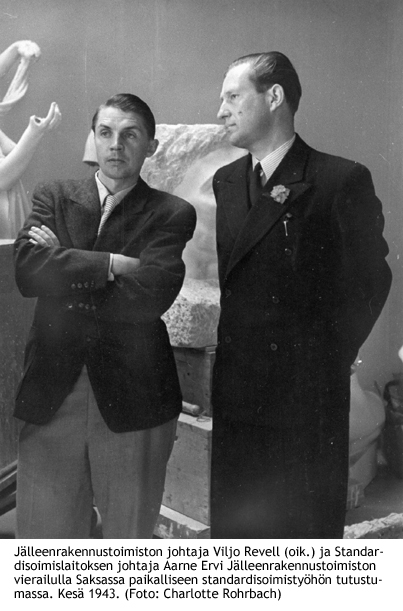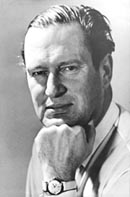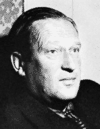
|
|
 |
Viljo Revell was a Finnish architect most highly appraised for his work on the Toronto City Hall. Viljo Revell Born in 1910, Viljo Revell lived in a moderately sized country town. He was the son of a prosperous merchant, which afforded him the opportunity to get to know those who were awarded commissions for the buildings in his town. As an adult, Viljo attended the Institute of Technology in Helsinki, from which he graduated as an architect.
While Mr. Revell was still a student, Finland underwent an architectural revolution. Moving from the Classicism of the 1920s, the buildings of the 1930s were based on the principles of Functionalism. Functionalism was a modern change in which structures were built with bright, open spaces, and a certain freedom of expression. Underlying all this of course, was the true sense of functionalism where, if it wasn’t necessary, it’s taken away. In the 1940s, plane and rough-cast surfaces became popular in Finland.
Viljo had all the important qualities necessary to be good at his job. His buildings were known for their straight and concise lines; he was a logical and patient man and was very insightful in noting any possible problems that could occur in his designs. Viljo had a very thorough and successful background in architecture, before his Toronto City Hall endeavour. Among his various experiences, he was the “First Head for the Museum of Finnish Architecture”.
Some critics felt that Viljo’s buildings weren’t in harmony with their environment, as though they’d been transplanted out of their element. However, Viljo liked to use aesthetic values, and created beauty by using reduced form and new materials. “Rationalism to create effectiveness” was one of his design tools.
Typically, Viljo’s creations were on pillars, with “bold strips of fenestration, and minimalist details.” Motivated by the architecture of the States, Viljo, got ideas and solutions from the buildings he saw there. He often communicated to others his thoughts on a design. Because Viljo Revell’s designs were so modern, he needed the support of engineers to realize his creations, not just as drawings, but as buildings that were fully functional. This all had an impact on Viljo Revell when he created Toronto's new Town Hall.
|
Viljo
Revell and associate |
|
 |
|
Viljo
Revell |
|
 |
|
Viljo,
having aged, a bit |
|
The above images were found on Google Image search, or on the sites in our References section |
|
| Site designed by Kaitlyn Watson and Kate Legge Design 11, Horton High School May 2005 |